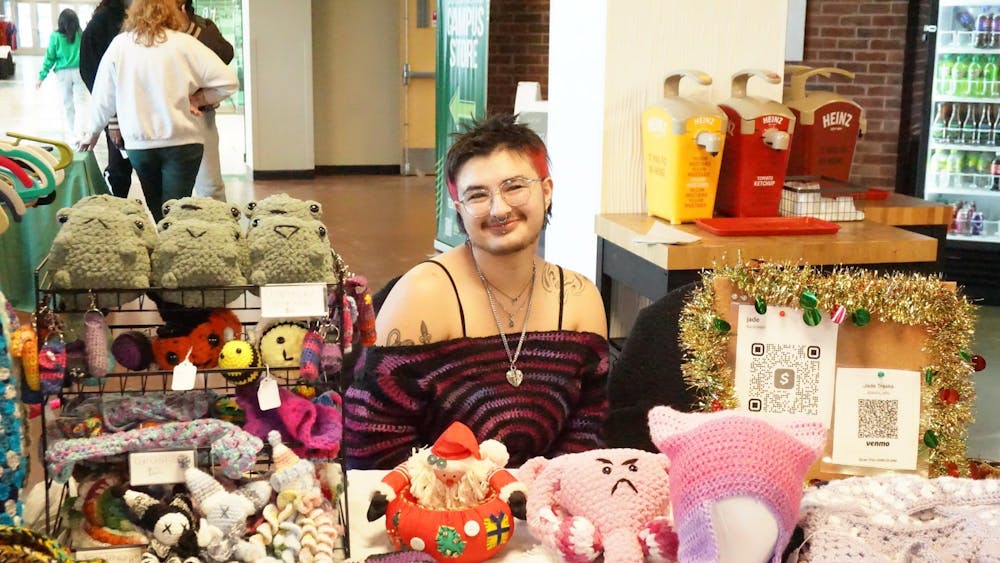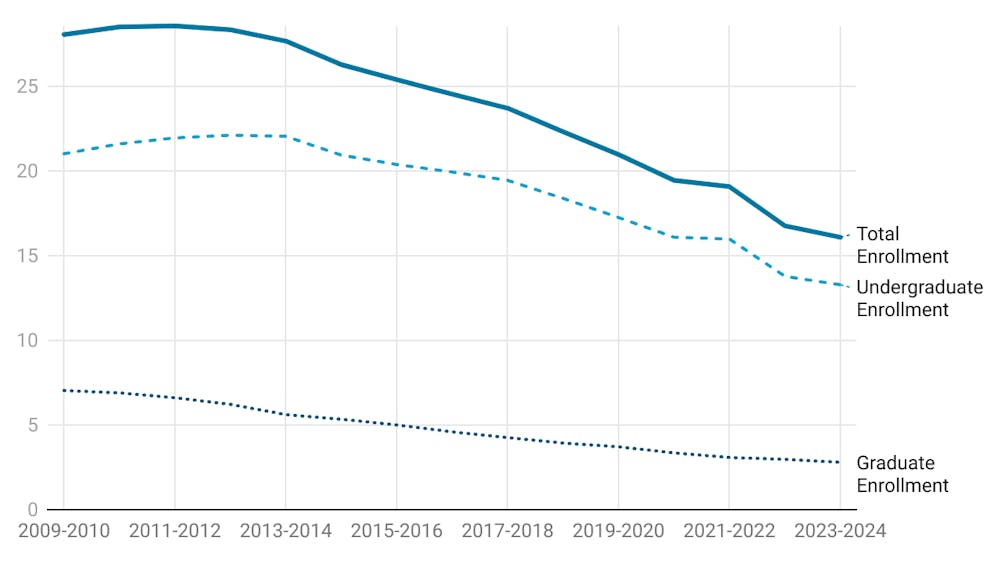Eastern Michigan University’s Center for Multicultural Affairs hosted “We Are Not a Costume,” a discussion on cultural appropriation of Halloween costumes on Wednesday, Oct. 19 at the Student Center.
Sydney Skaggs, president of EMU’s Native American Student Association, spoke with students about the effect that specific Halloween costumes has on different cultures. Students shared personal experiences and gave examples of costumes viewed as offensive by specific racial groups. Native American costumes, Mexican sombreros and dreadlocks were all examples given of traditional cultural styles that have been imitated in Halloween costumes.
Amber Morseau, graduate assistant in the Center for Multicultural Affairs, explained the purpose of “We Not a Costume.”
“We want to promote awareness in the community about controversial costumes out there that are offensive to many students with an array of social and ethnic backgrounds. The goal is to educate students that wearing one of these costumes for a night promotes cultural erasure, appropriation and perpetuates negative stereotypes around students with different social identities,” Morseau said. “We do not want to hinder students from having fun, however we believe it is important that our peers see us as people because we are NOT a costume.”
Native American headdresses
Skaggs said that culturally appropriated costumes are not an accurate representation of ethnic cultures and can come off as if a person is mocking the culture. She shared her personal experience with seeing non-Native American people wearing a headdress and why these costumes are offensive. The headdress is earned through acts or deeds that bring honor to Native American tribes.
“You are wearing it for a day and then taking it off. You are disrespecting the meaning of the style of dress within the culture,” Skaggs said. “I see Native American costumes every year and it’s completely inaccurate. An honor goes into wearing a headdress. I don’t have the honor to wear one, so when I see others wearing it, I think it’s crazy.”
Bindi decoration
Skaggs also touched on how young people like to follow trends but they might not realize that they are offensive. Bindi decoration worn by Hindu women on their foreheads was mentioned by students. Bindi signifies a married woman in Hindu culture and prevents bad luck. Students recalled how they once participated in a popular trend that involved putting stickers on their foreheads. Some said that when they followed the trend they didn’t know it was offensive to Indian women. Skaggs stressed how wearing it misidentifies someone as a member of that culture.
Skin color and oversexualization
Students discussed altering skin color when dressing as cultural icons such as rappers and said that people don't need to mimic the race of a celebrity by altering their skin. Skaggs said that hip-hop is still viewed as part of African American culture and although people might admire a specific celebrity, they should be careful on how they portray that person.
The effect that oversexualized costumes have on youth was also discussed. Skaggs said that if the young and impressionable see these costumes they are going to keep that stereotype of women in their mind and think that they are supposed to look that way. Some students suggested that sexualized and offensive costumes should be removed from stores, forcing people to be more creative with their costumes.
Popular hairstyles and trends
Students addressed the double standard of white or non-black celebrities receiving praise for wearing popular hairstyles and trends in the black community, but the same praise is not given to the community where these trends originated. Students gave the example of how celebrities such as Kim Kardashian, Justin Timberlake and Cristina Aguilera have worn cornrows and are considered high fashion but when black people have worn them, they were viewed as unattractive.
Approaching someone wearing an offensive costume
Students shared how they wouldn’t feel comfortable approaching someone wearing an offensive costume at a Halloween party. Skaggs gave advice on how to approach them, suggesting that they should be told nicely that it is offensive.
“Ask them if they know the meaning; if you want to make a change, you have to approach people in a way that shows that you want to make a change and not attack them,” she said. “We should educate people way earlier than college so we can prevent these issues from happening.”
Cheyenne Grim, EMU freshman, attended as a requirement for her Native American literature class. She said that the discussion reminded her of her own experiences and felt that all students can benefit from the discussion.
“By wearing certain costumes you are disrespecting people’s culture. I deal with this being Asian Indian. Not everyone is aware of this," Grim said. "You gain the knowledge of how offensive these costumes are. You are able to hear both sides of the spectrum."









